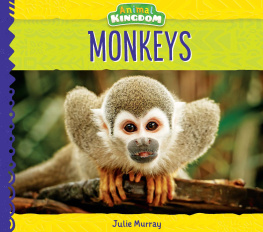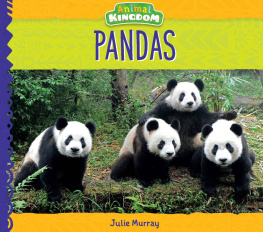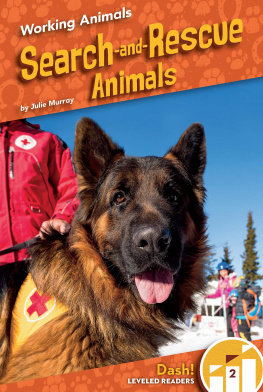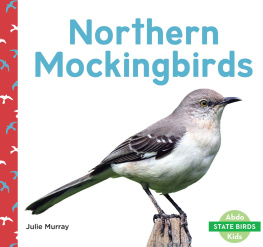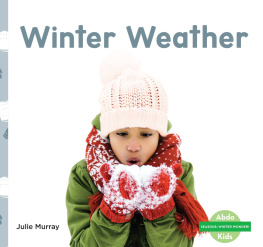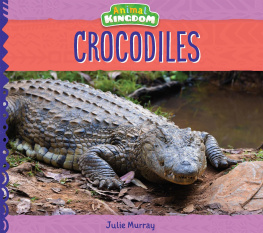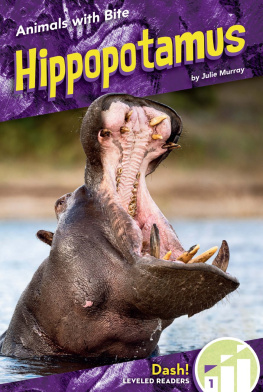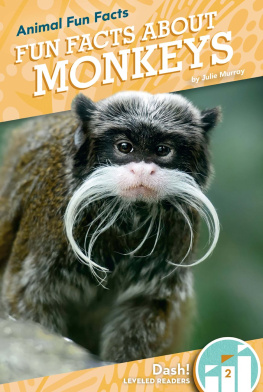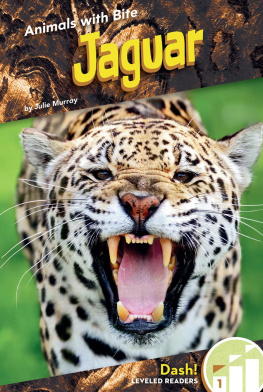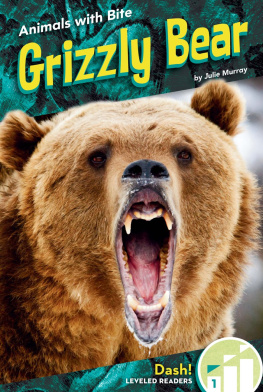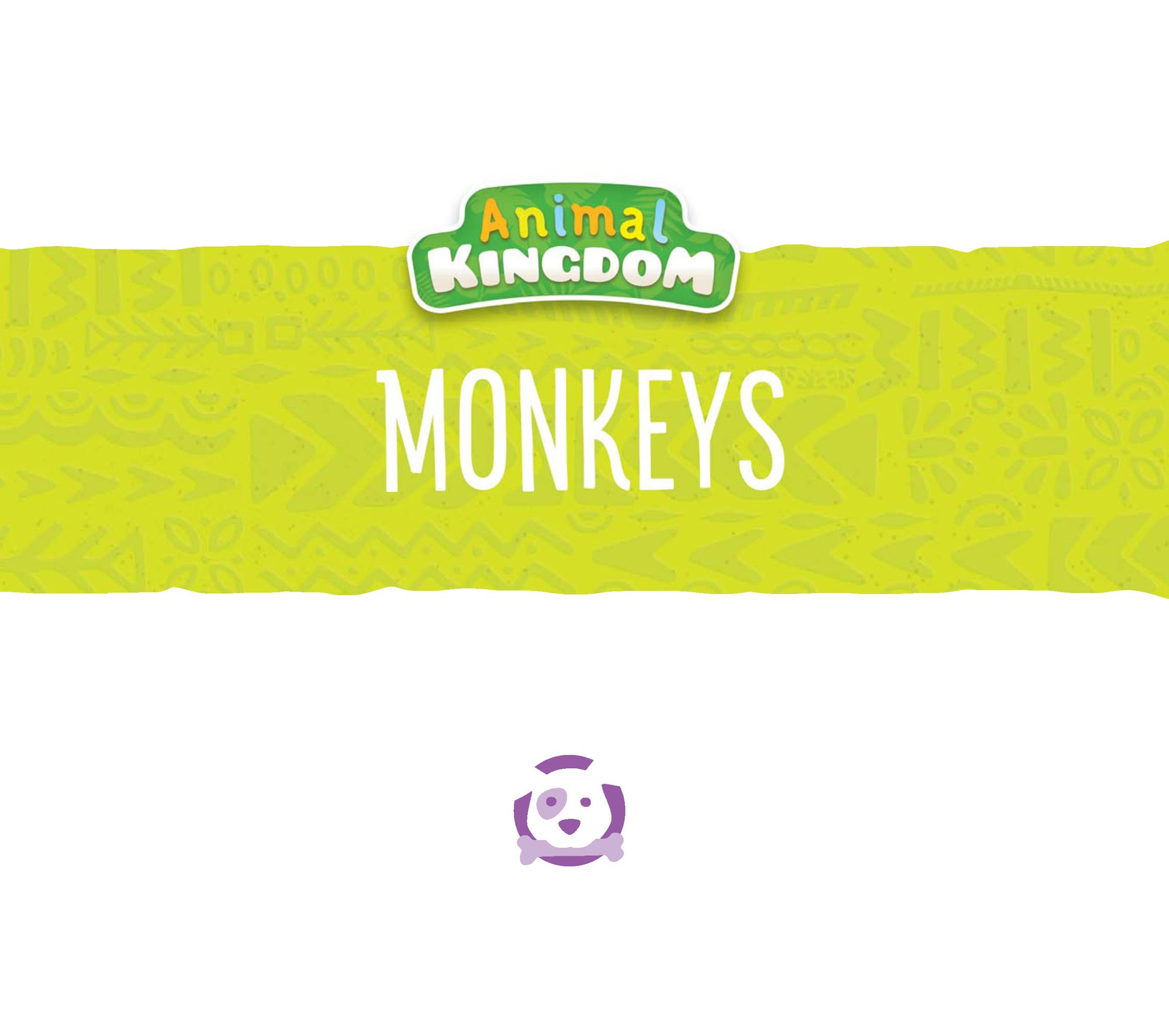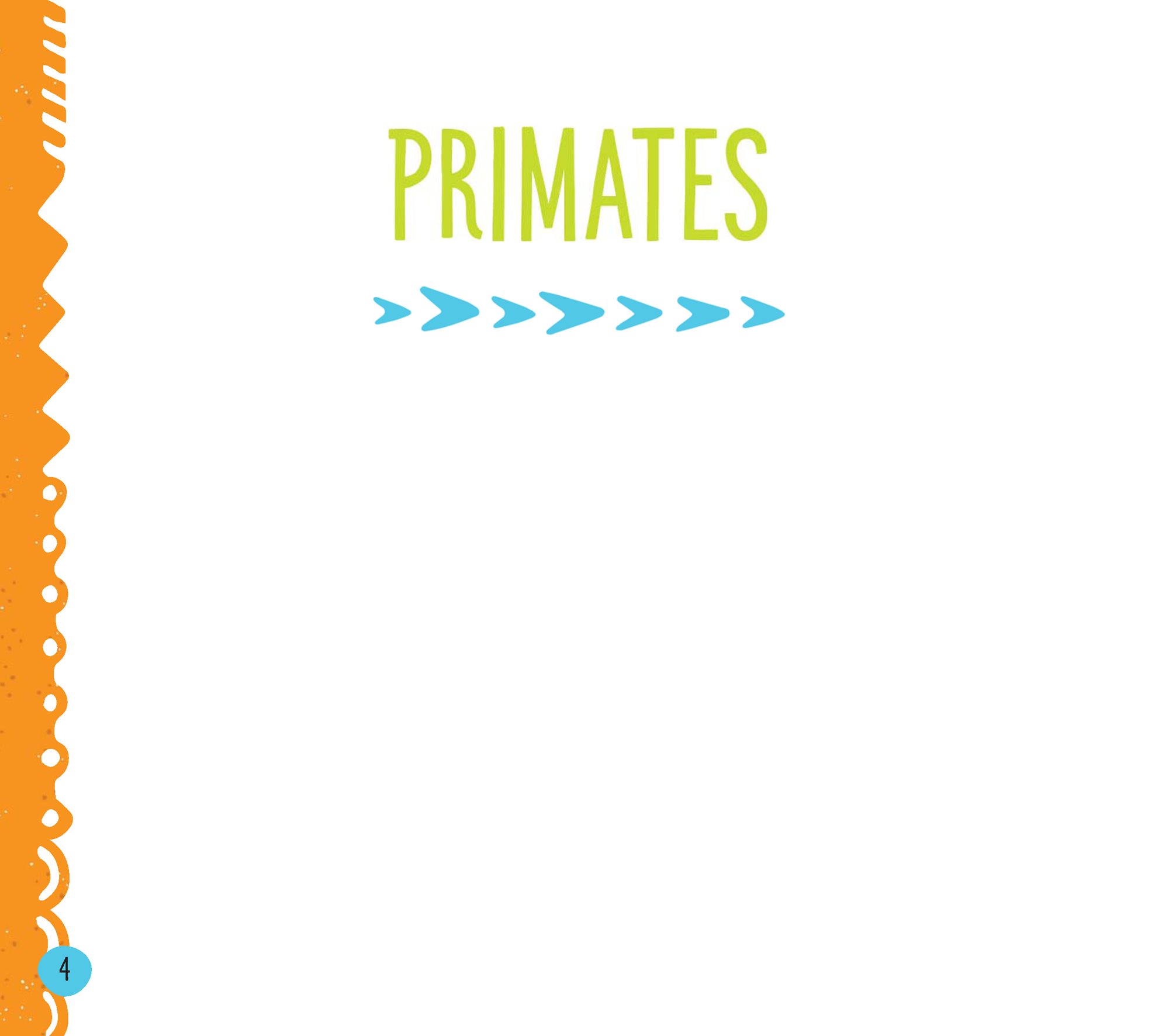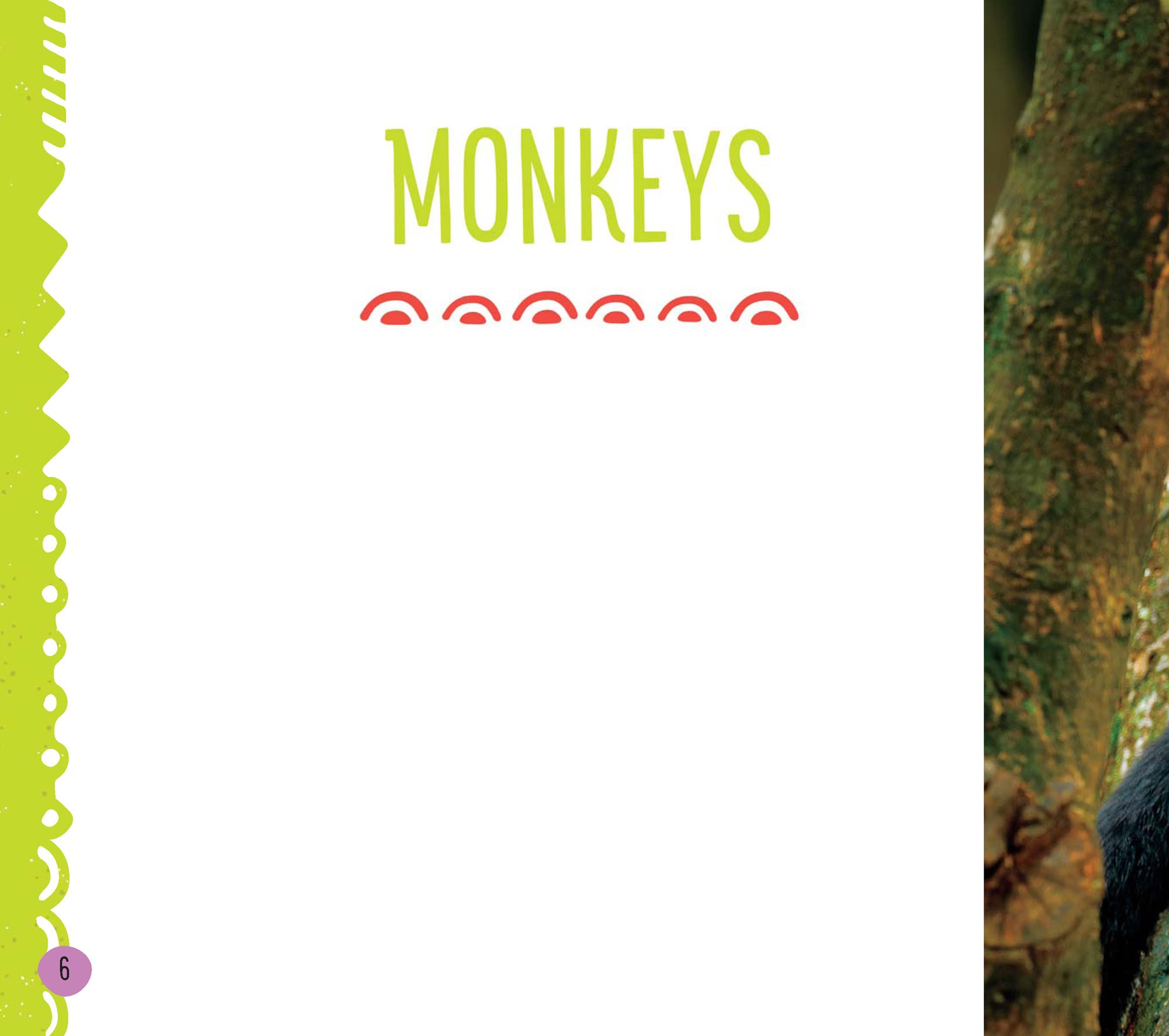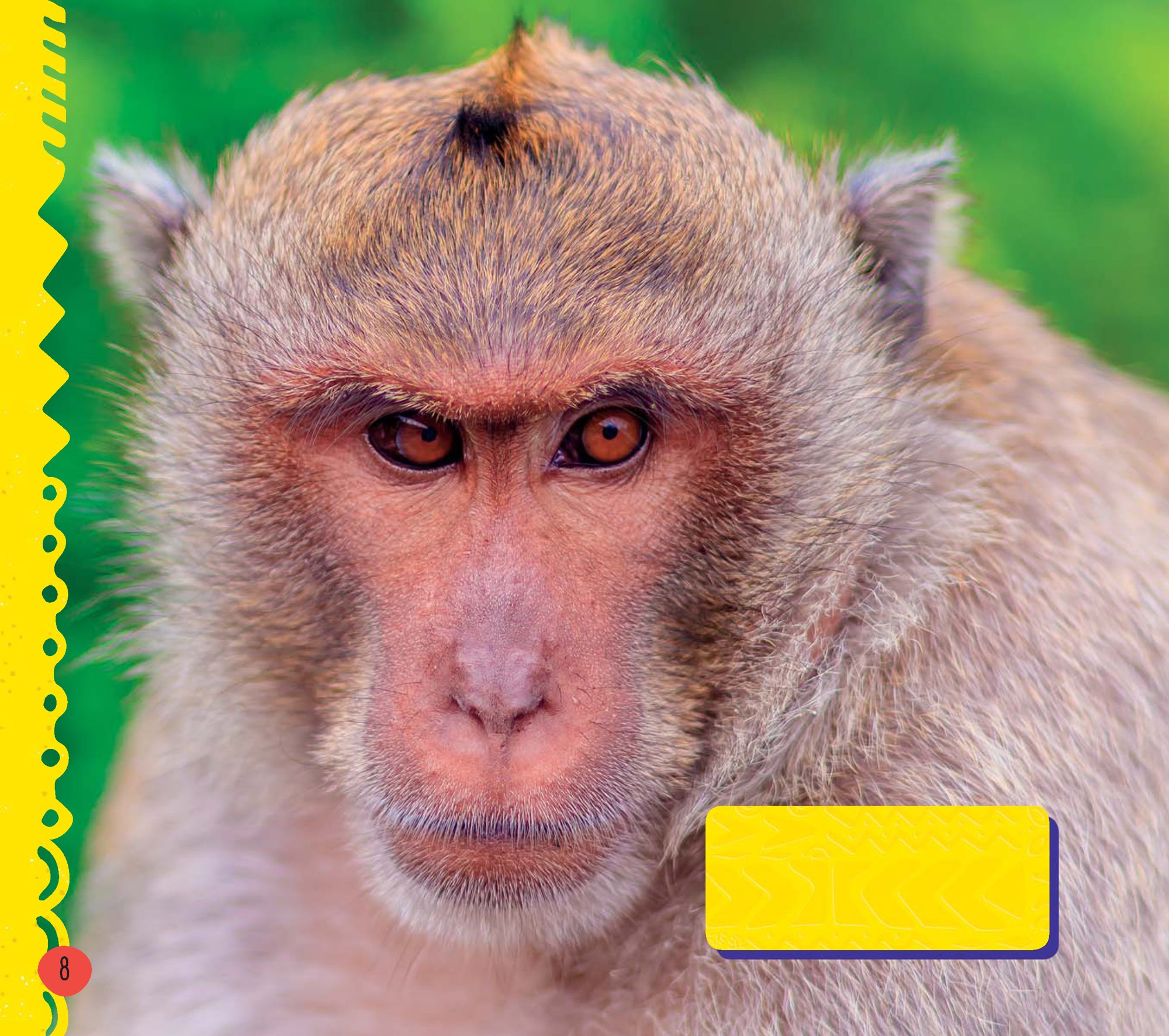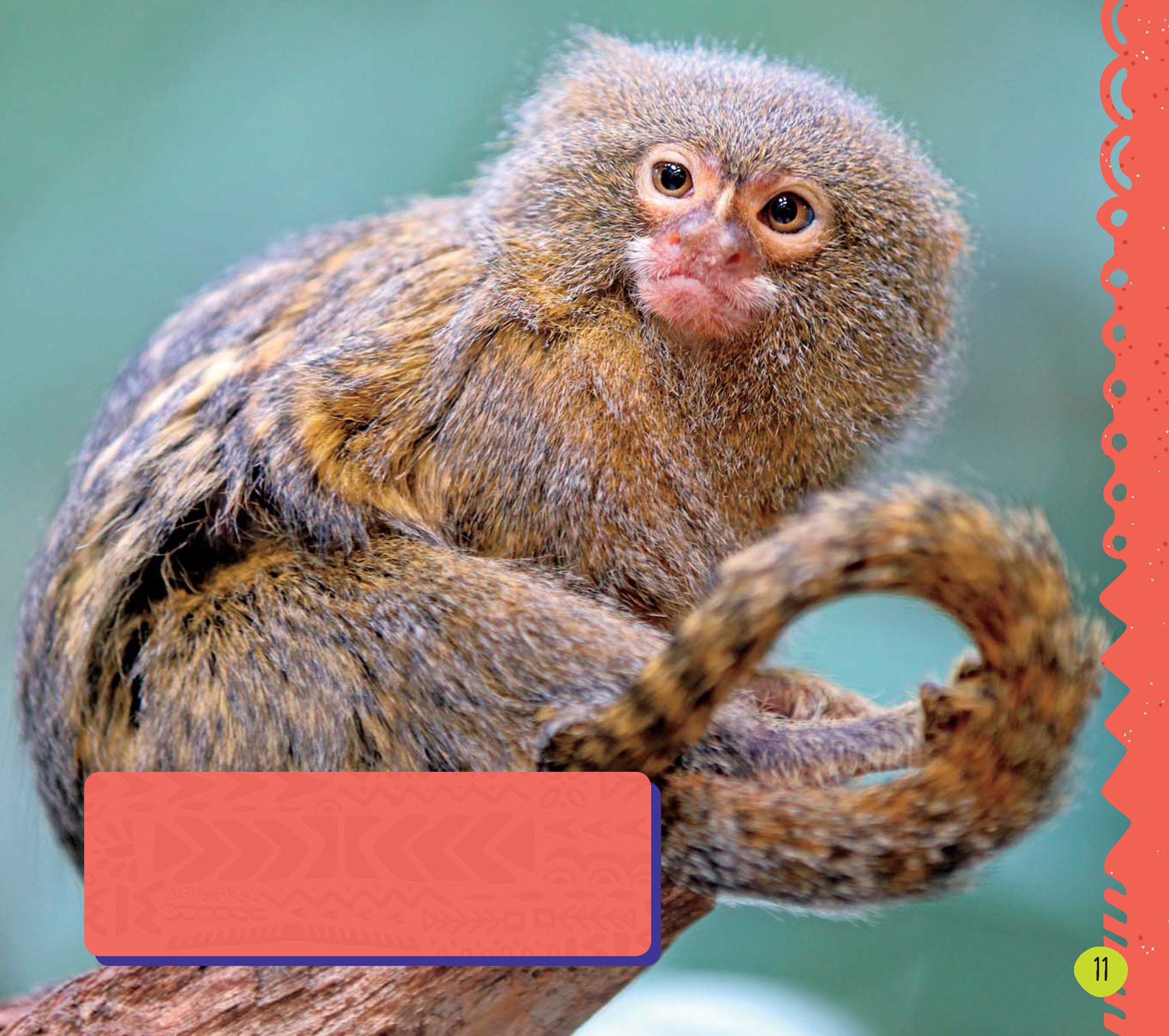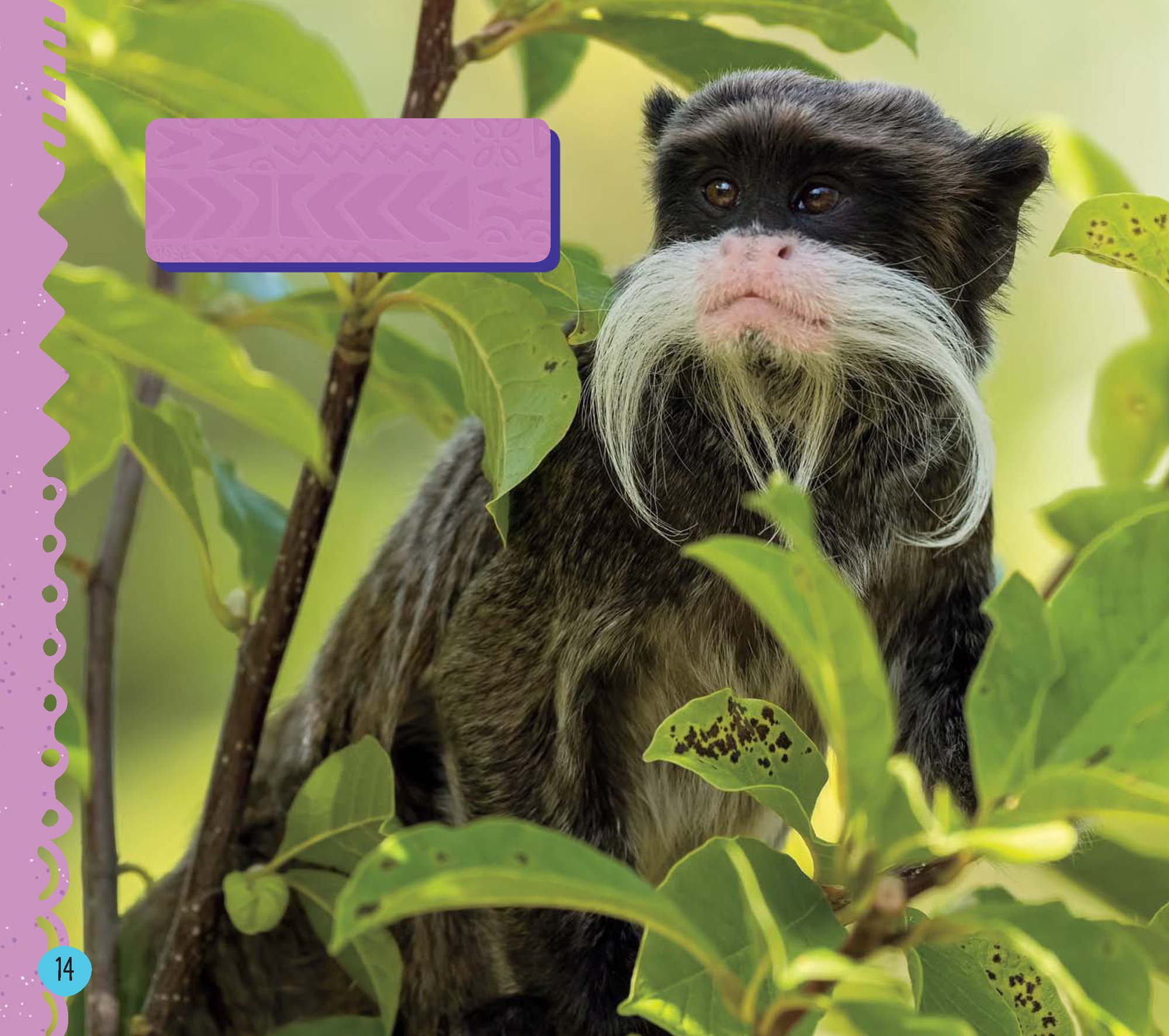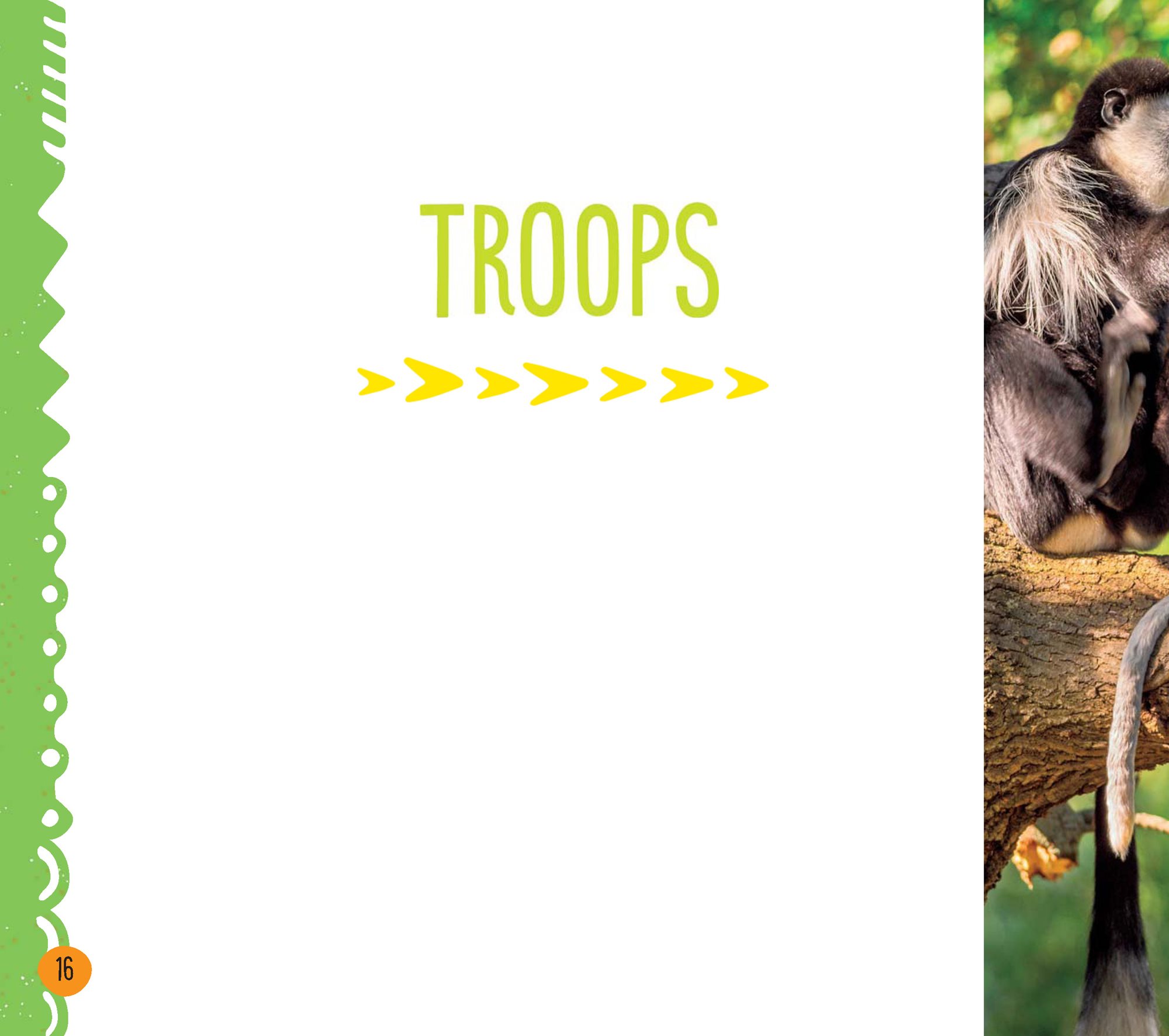Table of Contents
Guide
Page List
Monkeys Julie Murray Big Buddy Books An Imprint of Abdo Publishing
abdobooks.com
abdobooks.com Published by Abdo Publishing, a division of ABDO, PO Box 398166, Minneapolis, Minnesota 55439.
Copyright 2020 by Abdo Consulting Group, Inc. International copyrights reserved in all countries.
No part of this book may be reproduced in any form without written permission from the publisher.
Big Buddy Books is a trademark and logo of Abdo Publishing. Printed in the United States of America, North Mankato, Minnesota
052019
092019 Design: Sarah DeYoung, Mighty Media, Inc.
Production: Mighty Media, Inc.
Editor: Liz Salzmann
Cover Photograph: Shutterstock
Interior Photographs: Shutterstock (pp. 5, 67, 8, 11, 13, 14, 1617, 19, 21, 23, 25, 26, 29) Library of Congress Control Number: 2018939886 Publishers Cataloging-in-Publication Data Names: Murray, Julie, author. Title: Monkeys / by Julie Murray. | Series:
Animal kingdom | Includes online resources and index. | Series:
Animal kingdom | Includes online resources and index.
Identifiers: ISBN 9781532116445 (lib.bdg.) | ISBN 9781532157936 (ebook) Subjects: LCSH: Monkeys--Juvenile literature. | Monkeys--Behavior--Juvenile
literature. | Primates--Juvenile literature. Classification: DDC 599.8--dc23
Contents
Primates Monkeys, gorillas, chimpanzees,
bonobos, orangutans, and lemurs
are all primates. People are primates
too. Primates are some of the smartest
animals.
Primates have large brains. They
have eyes that look forward. Most
primates have flat nails instead of claws.
Many primates have hands with
thumbs. Thumbs allow them to grab
and hold things.
Monkeys There are about 200 kinds of
monkeys.
Monkeys There are about 200 kinds of
monkeys.
Most monkeys live in
tropical forests. Others live on
savannas. There are two main groups of
monkeys. One group is the Old
World monkeys. The other group
is the New World monkeys.
Macaques are Old
World monkeys.
Old World monkeys live in Africa and
Asia.
Old World monkeys live in Africa and
Asia.
Some live in the trees. Others live
on the ground. Baboons, macaques,
patas monkeys, and proboscis monkeys
are Old World monkeys. New World monkeys live in Mexico,
Central America, and South America.
They live in the trees. Spider monkeys,
squirrel monkeys, and woolly monkeys
are all New World monkeys.
What They
Look Like Monkeys may be different sizes.
Old
World monkeys are commonly bigger
than New World monkeys. Mandrills are
some of the largest monkeys. Adults
weigh as much as 40 pounds (18 kg).
Pygmy marmosets fit in the palm
of a persons hand. Their tails are
longer than their bodies!
Marmosets and tamarins are the
smallest monkeys. They are New World
monkeys.
The pygmy marmoset weighs
only about five ounces (142 g). Monkeys have long arms and legs for
running and climbing. Many monkeys
can grab things with their hands and
feet. Some New World monkeys can
grab things with their tails too.
What Makes Them
Different old world monkeys Live in Africa
and Asia. Live in the trees
or on the ground.
Most have 32 teeth. Cannot grab things with their tails. Most have long,
thin noses. new world monkeys Live in Mexico,
Central America,
and South America. Most live in the trees. Most have 36 teeth.
Some can use their
tails to grab things. Most have short,
wide noses.
This emperor tamarin
has a mustache.
A monkeys fur may be gray, brown,
or reddish. Some monkeys have long
hair around their faces. They may have
beards or mustaches.
Some monkeys
have bright colors. Male mandrills have
red and blue faces.
Troops Monkeys live in groups called
troops. Most troops have between
five and twenty members. But some
troops have as many as 100 monkeys.
Troop members eat, play, and sleep
together.
Troop members often groom each
other too.
Troop members often groom each
other too.
They stroke each others fur.
They pick out insects, dirt, and seeds.
Grooming keeps them clean. Grooming also helps to build
friendships in the troop. Monkeys often

